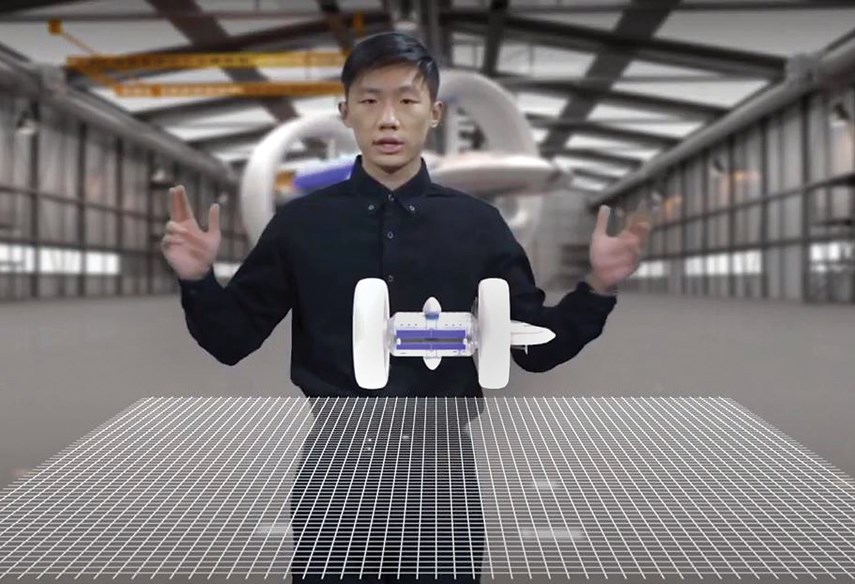A West Vancouver student may have the keys to interstellar travel. He just needs a few votes and a whole lot of mass.
Holden Liu, 16, is a finalist in the Breakthrough Junior Challenge, an international competition that aims to capture difficult scientific concepts or theories and present them in accessible videos.
At stake in the challenge is $400,000 in prizes, including up to $250,000 for post-secondary scholarships, $50,000 for a science teacher, and $100,000 for a school’s science lab.
In his video, Liu explains how it would be at least theoretically possible to travel to Alpha Centauri – the closest star system to our own – using the Alcubierre Drive, a speculative “warp” travel theorized by Mexican physicist Miguel Alcubierre in 1994.
Travelling at the speed of an actual space probe (61,000 kilometres per hour), it would take 70,000 years to reach Alpha Centauri. If we managed to bend the rules of physics and get a ship moving at the speed of light, it would still take 4.37 years to travel the 1.34 parsecs from our sun.
In his award-nominated video, Liu explains how it might be easier to bend space time itself, using huge amounts of mass to physically compress the distance between us and Alpha Centauri, and negative mass to stretch the distance behind us – the ultimate in shortcut technology.
Liu’s three-minute video is deftly animated with moving diagrams that help illustrate the mind-bending concepts that are otherwise the realm of science fiction, and he speaks to the theory with an authoritative tone.
Although the winners in the competition will be selected by expert judges, there is a way to tip the scales in a finalist’s favour, by liking (or having other positive reactions) to their videos posted on the Breakthrough Junior Challenge’s Facebook page. Votes for a favourite “Steven Spielberg meets Albert Einstein” can be cast until Sept. 20.



